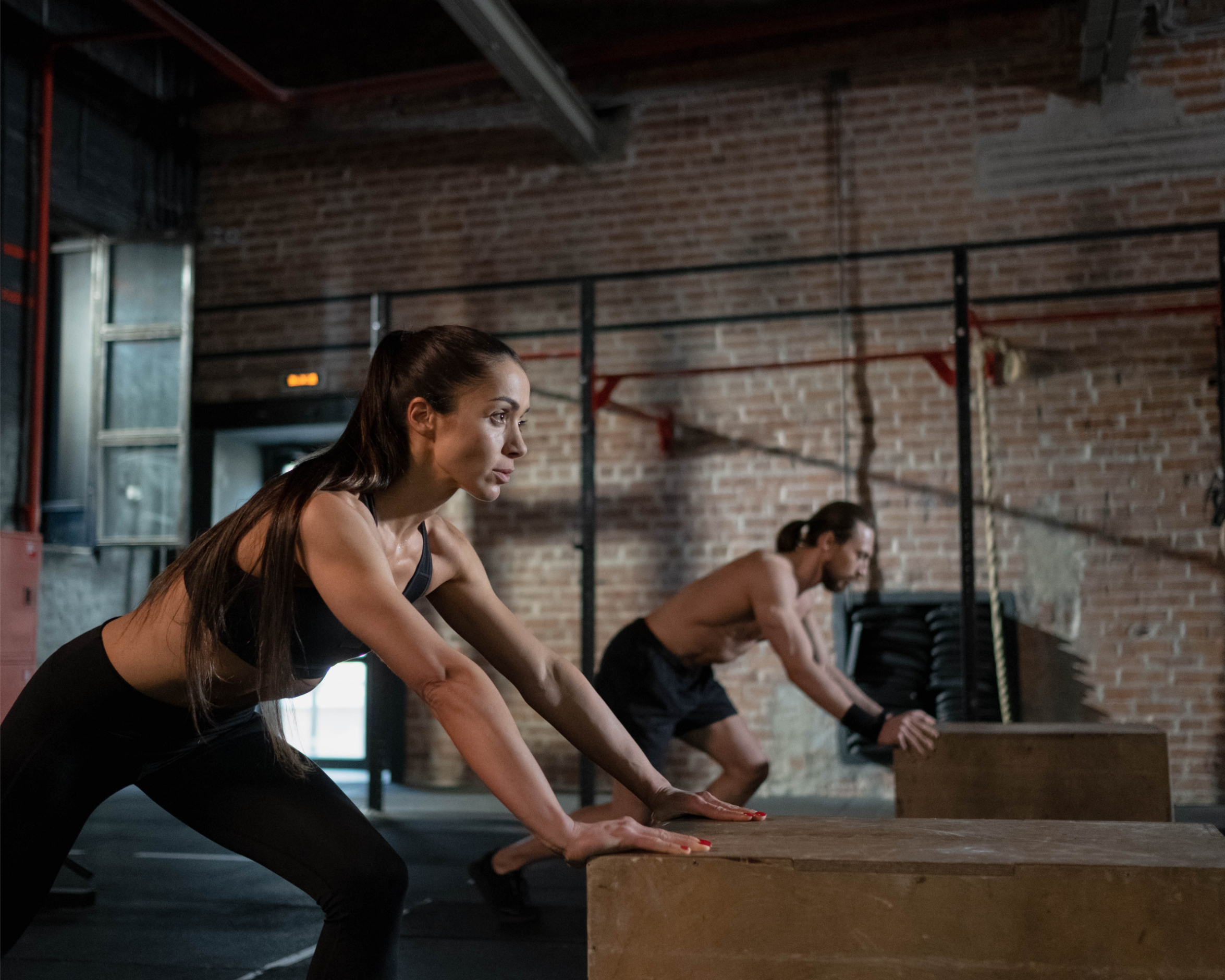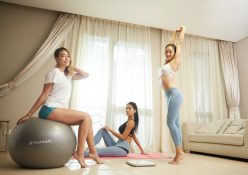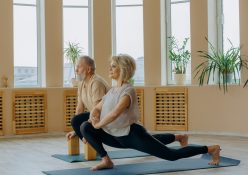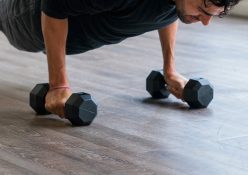CrossFit may seem like a complicated way to work out, but knowing these six basic moves and machines will change that
Ropes, chains, bars, clanging and banging… CrossFit can be an intimidating sport, especially if you’re new to the fitness world. You have to understand not only what you’re doing but what equipment to use to perform certain movements. Each move has many variations and the equipment has multiple uses too (a great bonus for this type of fitness regimen). Here we break down the top moves and their matching machines.
THE MOVES
1. Ring Pull-Ups
Some would argue that ring pull-ups are easier than bar pull-ups, but what it really comes down to is the angle of your wrists and certain muscles being easily activated when performing this move. Apart from building upper- body strength, it also focuses a lot on strengthening your core and grip. Good grip is essential in the world of CrossFit; this can essentially make or break an athlete. Ring pull-ups can also provide relief of the elbow joints. This is purely because your range of motion is higher when compared to bar muscle- ups. On the rings you can perform other variations such as half/full muscle-ups and ring dips – all focusing around grip and core strength as well.
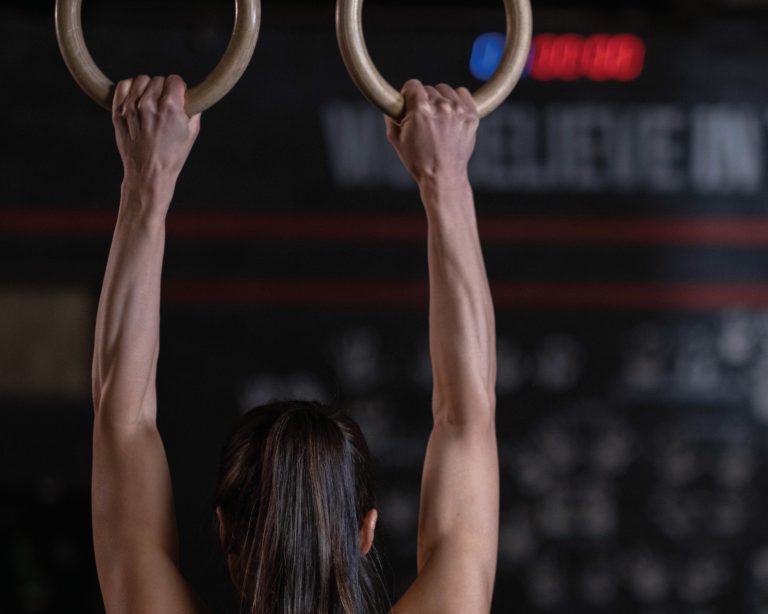
2. Box Jumps
A simple but extremely beneficial piece of equipment, boxes are used to mainly focus on building leg strength, endurance and power. Performing things like box jumps or single-leg steps-ups can elevate your training, not only for increasing power and overall conditioning, but to strengthen your joints as well as those finer tendons and ligaments. Performing controlled single-leg step-ups is great for rehabilitation of past injuries. Some other variations to try are Bulgarian split squats. These movements are great as they isolate one leg at a time, allowing you to stay more focused on muscle control. You can also perform upper-body movements such as tricep dips and incline/decline push-ups.
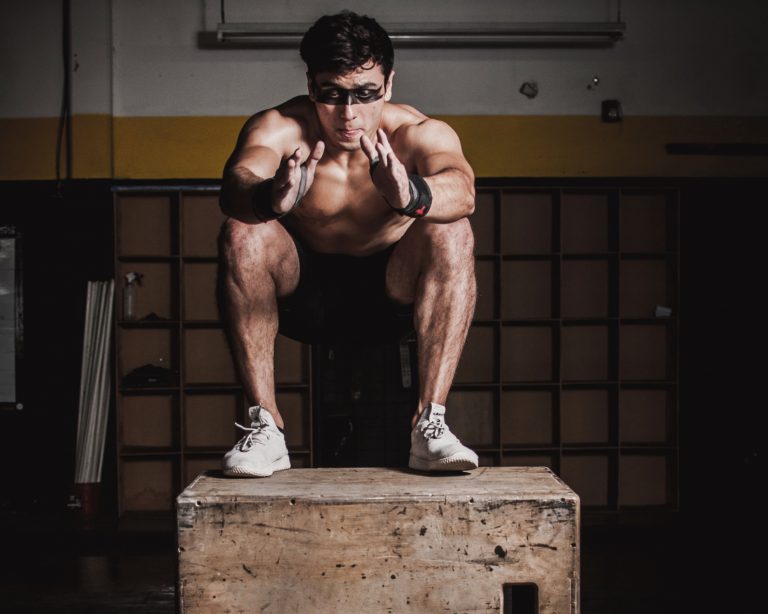
3. Sled Push/Pull
When it comes to leg endurance, the sled takes the cake. Apart from the many benefits such as increasing lower-body power, strength and speed, it also focuses on core and shoulder stability. Having your arms as the link between the sled and your body, they play a vital role in this movement. Your entire body is working when it comes to the sled, that includes finer things like hip and ankle mobility. The common variations are sled pushes and pulls but other variations include tying a rope and doing power pulls, lateral pulls and forward drags. The sled has an average weight of around 15 kg, but it also allows you to add up to 100–120 kg of weighted plates.
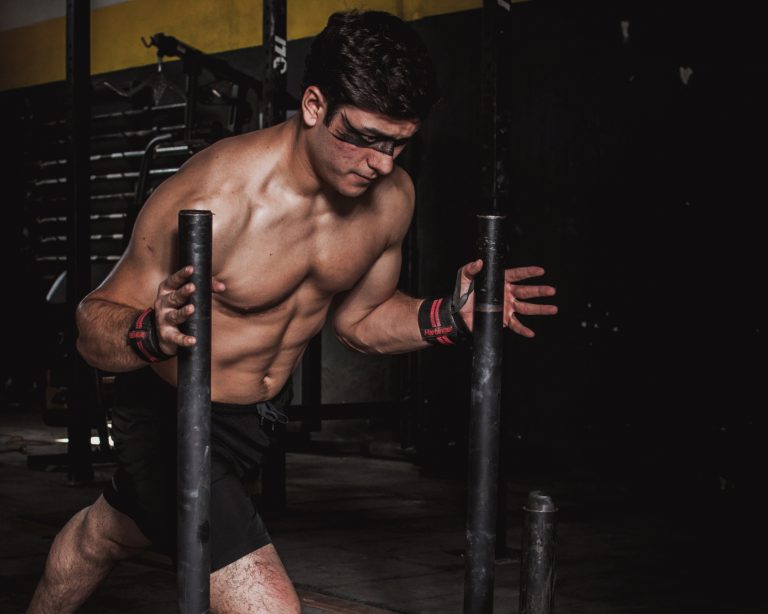
4. Tyre Flips
Depending on the tyre, this can be a pretty rough one. Typically, a CrossFit gym will have a tyre weighing around 80–120 kg. Flipping a tyre is not that simple though, as it requires perfect form and control. It can also be very awkward at times. Having a stable and strong deadlift can definitely benefit your tyre-flipping capabilities, so spend some time perfecting your deadlift beforehand. Tyre-flipping is a power move – it involves a hard drive from the legs up and focuses on the entire body, even having a weak core can render this movement challenging. A common variation is incorporating a sledge hammer, which you use to hit the tyre as hard as possible.
5. Kettlebell Variations
The variation possibilities with a kettlebell are endless (which is why they’re one of our favourite pieces of gym equipment). Any muscle can be targeted with a kettlebell. However, it does require lots of focus to perfect the techniques of these movements. Two common variations are the swing and deadlift. Some not so common moves include things like split snatches and halos. Anything you do with this weight has major benefits, such as working shoulder and core stability. Another big plus with using kettlebells is the focus on grip strength and palm conditioning. After your first few sessions it’s normal to have a few calluses forming on your hands. This strengthens your hands over time.
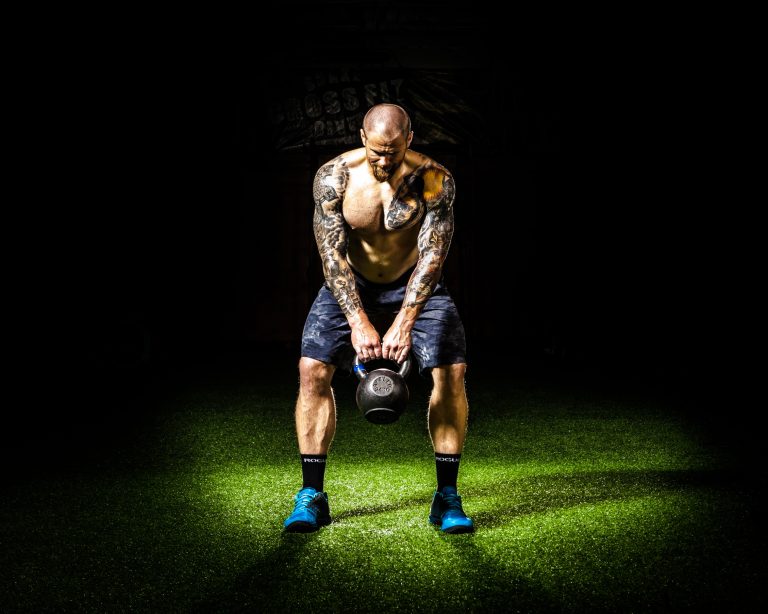
6. Overhead Plate Lunges
Overhead lunges are ideal for shoulder mobility, stability and are also very core-focused. However, if your shoulder mobility is poor, this movement can be difficult and uncomfortable. Over time, it will become easier and you can progress to using a barbell overhead instead. The main areas of focus are the quads and hamstrings; with the weight overhead those muscles are in constant isolation as they have to fight to lift the load and assist in stability. A pro tip for this is to activate your scapula stabilisers. To do so, push your shoulders back and squeeze the shoulder blades together. Essentially, this will ‘lighten’ the load overhead, meaning your shoulders will take less strain. A regression variation can be static lunges with a weight overhead.
Words by Ray Toefy
Photography Pexels

